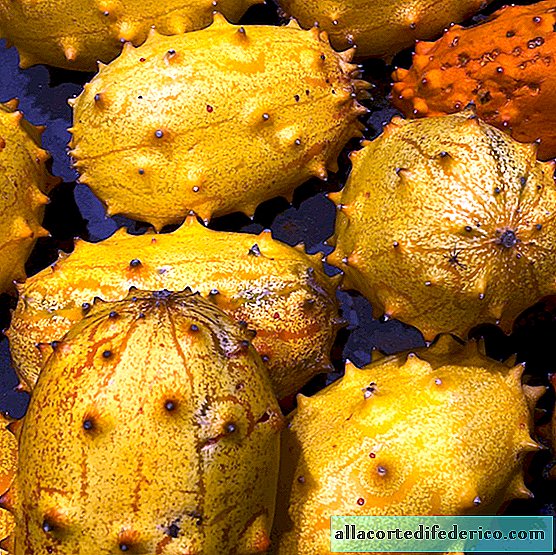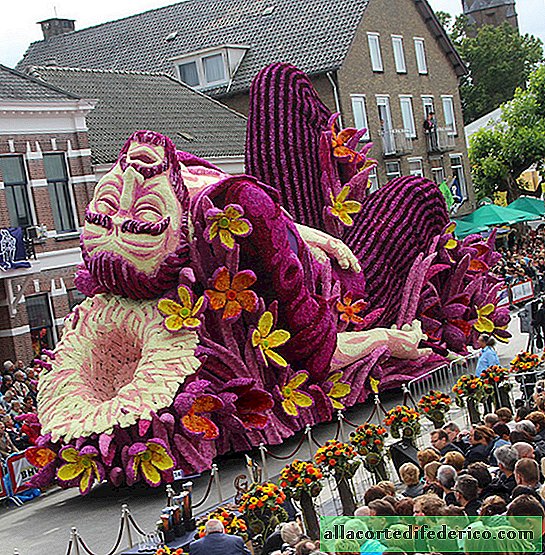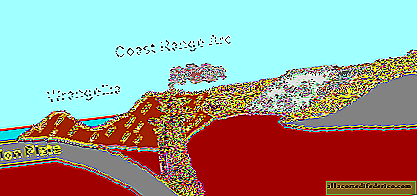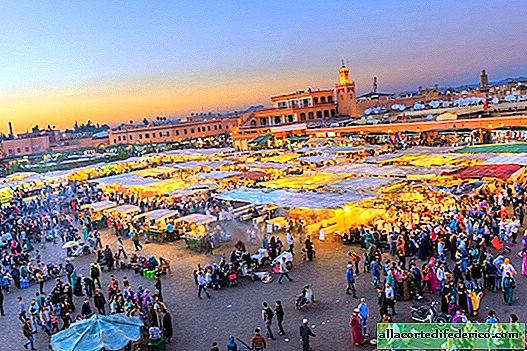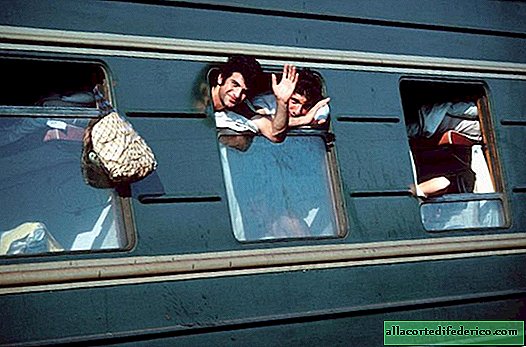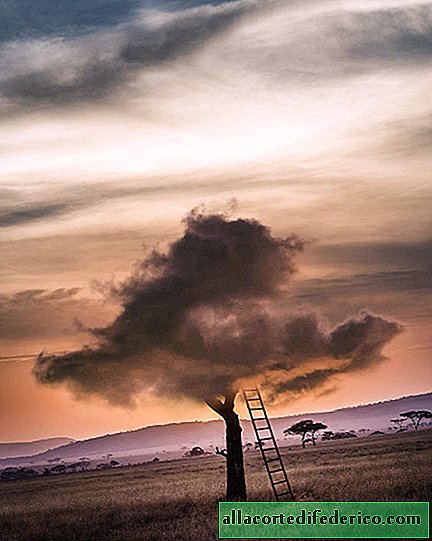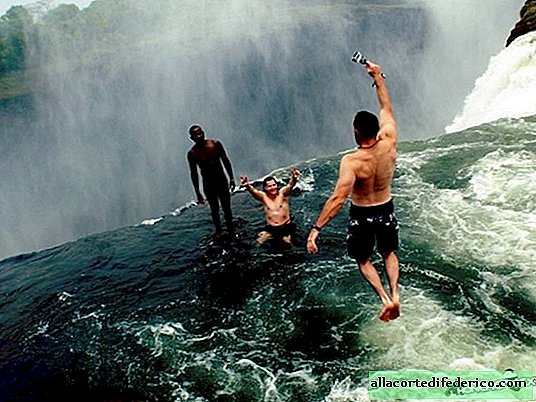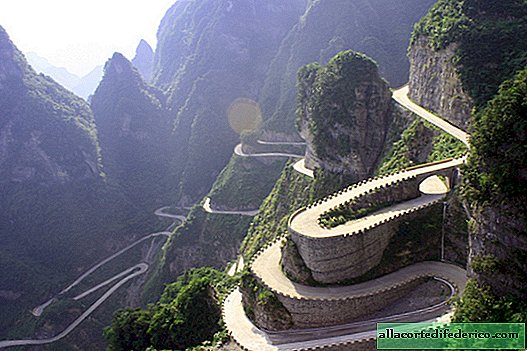What are the American Indians far ahead of other nations
If it comes to Native American civilizations of America, the most often mentioned are the developed system of cities, huge temples and sacrifices, which were practiced in the culture of these peoples. Sometimes it is mentioned that the Indian civilization gave the world cocoa, corn and tomatoes, but there are not so many really valuable and advanced inventions and discoveries of information from the point of view of that time. We decided to fill this gap and talk about what the ancient Indians invented useful and unique.
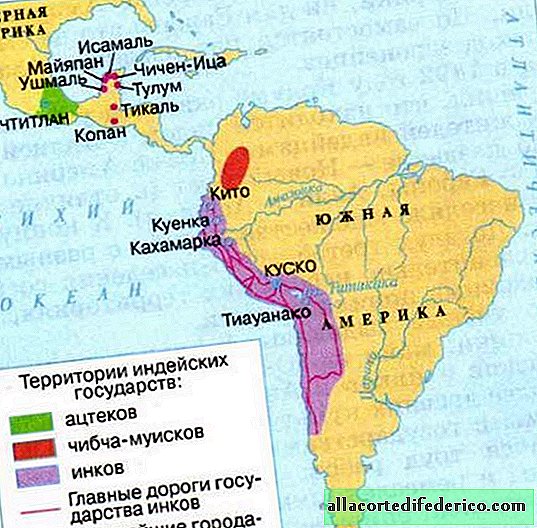
By the time the Europeans arrived, the Indians mastered the vast expanses of both North and South America. The most northern Indian tribes inhabited the territory of modern Canada, and even in the harsh south, on the island of Tierra del Fuego, Indian tribes also lived. But it is worth noting that the geographical location served as the main factor that influenced the successful development of Indian civilizations: the Indians living in Central America, as well as the Incas, who created an empire on the Pacific coast of South America, achieved the greatest development. They had developed agriculture, mined gold, silver and precious stones, obtained copper and bronze, built cities with complex infrastructure and created whole empires, whose rulers possessed considerable wealth. The Indians, who lived in most of the modern United States or in the extreme south of South America, led mainly the life of hunter-gatherers, did not have a written language, did not build cities, and their tribes were not numerous.

It was in Central America, in a region called Mesoamerica, that the civilizations of the Olmecs, Aztecs, and Mayans flourished at different times. No less developed Inca empire was formed on the territory of modern Peru, Bolivia and Ecuador. So, what interesting things did the American Indians come up with?
The calendar

The Indians had extensive knowledge in the field of astronomy, watched the sun and moon, knew about upcoming eclipses and had a calendar that was actively used in agricultural work and to record important dates in the history of empires. The Inca calendar existed for 360 days, but the Mayan calendar was much more advanced and is considered the most accurate calendar at the time of the Middle Ages. The Mayan sunny year consisted of 365 days, which were divided into 18 months by 20 days, and at the end of the year another 5 days were added. At the same time, Maya was aware that the true sunny year is slightly longer and that every 60 years accumulates 15 extra days.

Own account system and the concept of zero

Mayan mathematics was based on a decimal number system, the main one for which, in all probability, was not only 10 fingers, but also 10 toes. In this case, the Mayans used the concept of zero, which was denoted by the same sign as infinity. The most ancient Mayan inscriptions, which depict the sign of zero, date back to the 1st century BC. Moreover, in the Old World, India, the Middle East, China and Europe, this concept began to be applied much later.
Penicillin and anesthesia

The Incas had a caste of privileged healers who used penicillin in their practice. In addition, the Incas actively used as an anesthetic the juice of the leaves of a tropical coca plant.
Ficus paper

Chewing gum

The tree under the name Hevea Brazilian originally grew only on the American continent. Its juice is a natural rubber that inventive Indians used in many areas of life. For example, they used it as the basis for chewing gum.
Soft rubber ball for game

From the same rubber, the Indians made elastic balls that they used for games. Ball sites were found in almost all the major cities of the Mayan and Aztec empires.
Rubber Rubber Shoes

In addition to chewing gum and balls, Indians made waterproof shoes from Hevea juice. In the heat, it became soft and lost its waterproof properties, but the Indians can still be called the inventors of rubber shoes.
Pharmaceutical gardens

The Mesoamerican Indians had extensive knowledge of medicinal plants. Preparations based on plant materials were actively used in medicine, and practical healers grew up pharmacist gardens. This fact greatly surprised the Spaniards, because in Europe at that time there were no medicinal gardens.
The invention of the hammock

It is the American Indians who invented the hammock. Perhaps in the modern world this part of the interior is not so important, but for sailors suffering from pitching during a storm, this invention of Native Americans was to their liking.





